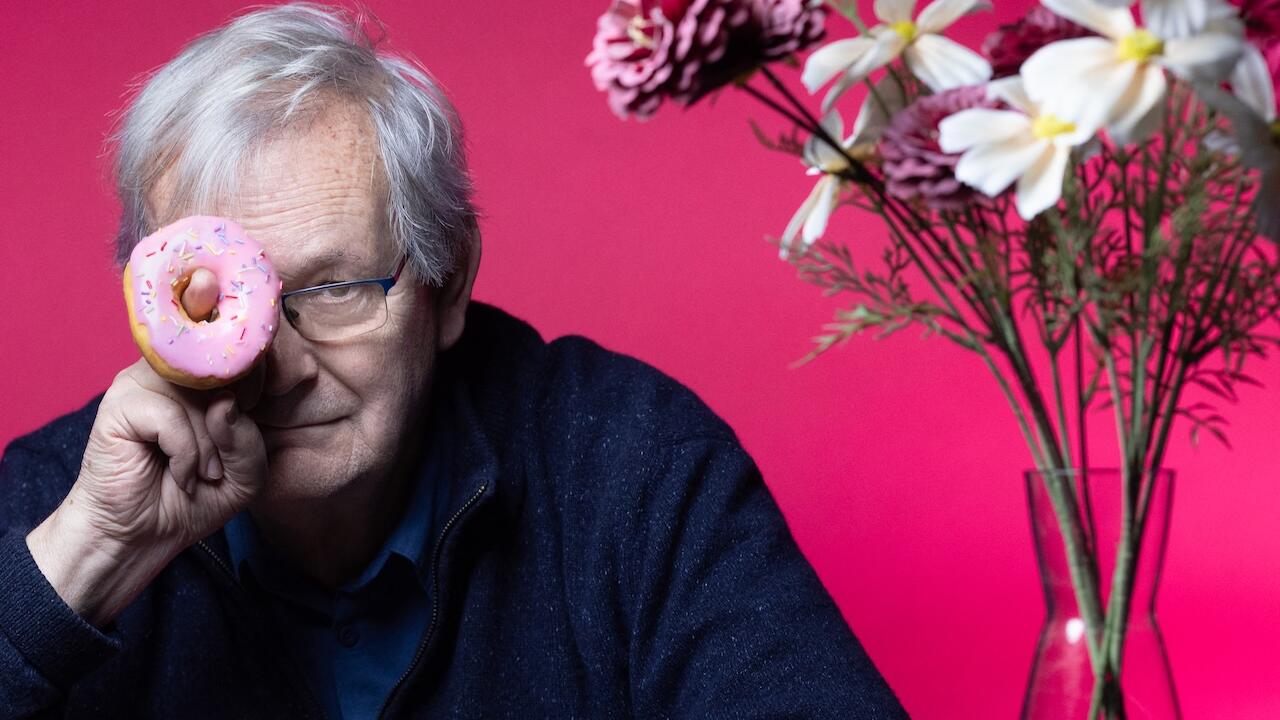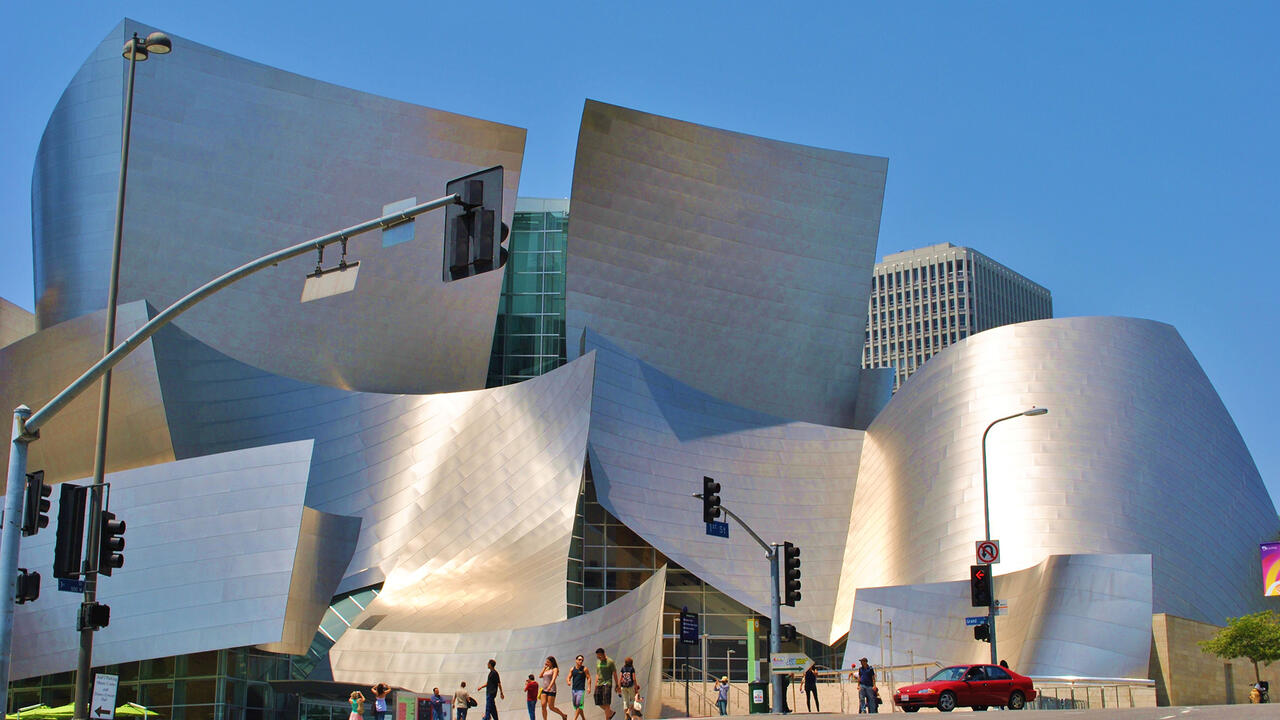Real Abstractions
The application of theory to the modern world
The application of theory to the modern world

At a recent symposium at the University of East London devoted to dance music and theory, some dissenting journalists declared that they would much rather be ‘buffoon empiricists’ than credulous dupes of theory. This kind of dismissal of theory, by way of ostensibly plain-speaking self-deprecation, is nothing new in British culture. It’s a certain attitude that practically defines itself by its disdain for theoretical abstractions, a disdain which once informed empiricism, the philosophy with which the English-speaking world is most associated. But, precisely because it aimed to reject supposedly unprovable abstractions, the empiricism of philosophers such as George Berkeley and David Hume ended up undermining rather than ratifying the categories of given experience: Berkeley famously denied the existence of the material world itself, while Hume argued against the existence of the self. In contrast with their rarefied weirdness, buffoon empiricists see their own role as shoring up the way the world appears to us in our unreflective moments. They claim to privilege ‘evidence’, but really this is no more than a self-evident appeal to the very categories that empiricist philosophers denied: persons and (physical) things. And if only persons and physical things are real, what do buffoon empiricists think just happened in the global economy? Understanding the credit crunch and the recession demands the acknowledgement that abstractions are real.
It’s no accident that the countries which bought into neoliberalism and financialization most enthusiastically were the US and the UK. The ‘continental’ theoretical tradition that buffoon empiricism defined itself against was often guilty of the kind of intricately nebulous, reality-denying textualism of which Anglo-Saxon nominalism accused it. The type of theory that has percolated through the art world and cultural studies in recent years – a confection of diluted Postmodernism and degraded Deleuzianism, with its menagerie of vague anti-concepts such as difference, sensation and multiplicity – is not so far from buffoon empiricism. What this kind of anti-totalizing thinking shares with it is a profound hostility towards systematicity; it holds the widespread view that making any kind of determinate claim is dogmatic, oppressive, even totalitarian.
As Fredric Jameson has argued, this pick-and-mix approach to theoretical propositions has rather too close a fit with consumerism – in fact, Jameson famously goes so far as to say, it’s an expression of the ‘cultural logic of late capitalism’. What is certain is that vague rhetorics of diversity do not have the cold lucidity necessary to give an account of the real abstractions of capital. In his 1966 essay, ‘Cremonini, Painter of the Abstract’, Louis Althusser made a distinction between ‘abstract painting’ and ‘the painting of abstraction’. The painter Leonardo Cremonini, Althusser argued, managed to expose the abstractions of capital not by directly depicting them – such a thing is impossible – but by showing ‘the determinate absence which governs [us]’. As Benjamin Noys puts it in a commentary on Althusser’s essay in his forthcoming book The Persistence Of The Negative: ‘We have no image of capital, capital itself is a kind of pure relationality, a pure abstraction of value, labour, and accumulation, which can only be “seen” in negative. This is why the negation of real abstractions demands further abstraction, as abstraction is the only possible means to reveal this pure relationality which conceals itself in plain sight.’
The type of theory popular in the art world - vague anti-concepts such as difference, sensation and multiplicity - is not so far from buffoon empiricism.
Getting to this real abstraction entails an analysis of what I call capitalist realism. Capitalist realism – which by no means collapsed with the banks last year; on the contrary, there is no greater testament to its continuing power than the scale of the bank bail-outs – is the notion that capitalism is the only viable political-economic system. It maintains that there is an inherent relation between capitalism and reality. Capitalist realism is a kind of anti-mythical myth: in claiming to have deflated all previous myths on which societies were based, whether the divine right of kings or the Marxist concept of historical materialism, it presents its own myth, that of the free individual exercising choice. The distrust of abstractions – summarized by Margaret Thatcher’s famous denial: ‘there is no such thing as society’ – finds expression in a widespread reduction of cultural ideas and activities to psychobiography. We are invited to see the ‘inner life’ of individuals as the most authentic level of reality. Much of the appeal of reality television, for instance, consists in its seductive claim to show participants for what they ‘really are’. The media is a sea of faces that we are encouraged to feel we are on first name terms with. Feature interviews in mainstream papers and magazines are invariably structured around biographical chat and photographs. In Britain, now more than ever, artists and musicians are faced with the choice of representing themselves in this biographical way or not appearing at all. Attempts to appeal to abstract ideas alone – either in the art itself or the forces it is dealing with – are habitually greeted with a mixture of contempt and incomprehension.
This is not restricted to the tabloid press – whose outing last year of the determinedly ‘faceless’ musician Burial is only one example of its aggressive insistence upon psychobiographical reduction. The default settings of the British broadsheet press are just as dismissive of abstraction. Witness Nick Cohen’s recent fulmination against frieze’s own Dan Fox in the Observer, criticizing a blog Fox had written analysing mainstream newspaper reports of the ‘Altermodern’ exhibition at Tate Britain, London. Cohen’s article included a priceless sideswipe against ‘the type of French intellectual who makes the English wish the Channel was a thousand miles wide.’ With its guiding assumption that theory is some continental toxin for which the antidote is Anglo-Saxon common sense, Cohen’s piece was a manifesto for buffoon empiricism, making its standard complaint that theory is ‘unsupported by anything as mundane as evidence’.
But empiricism is not the same as the empirical – any worthwhile theory must account for empirical data, but, in order to do so, it cannot remain at the same level of the data it is seeking to explain. Besides, empirical facts typically have little to do with the phenomenological experience of individuals. Althusser’s description of his own theory as ‘scientific’ has been derided, not only by Anglo-Saxon nominalism but also by much post-Structural theory, which has tended to prefer poetry and discourse to the natural sciences. But Althusser’s conception of the individual subject as a product of ideology is far more scientific than buffoon empiricism’s unthinking dissemination of the concepts of persons and things. In his book Nihil Unbound (2007), which draws upon neuroscience as well as the work of ‘continental’ theorists, the philosopher Ray Brassier argues that science exposes human beings’ everyday understandings of themselves and the world around them to be banal fictions. The kind of philosophical realism that Brassier advocates has nothing to do with capitalist ‘realism’ – indeed, it has the resources to expose this so-called realism as nothing of the sort. Developing from the work of neurophilosophers such as Paul Churchland and Thomas Metzinger, who argue that all of the seemingly self-evident furniture of inner life (emotions, the self itself) are mystificatory superstitions, Brassier’s work is part of a renewed theoretical assault on a buffoon empiricist ideology that calls itself reality.
Main image: Leonardo Cremonini, Parentesi, 1962, watercolour and gouache on paper, 32 x 40 cm





















